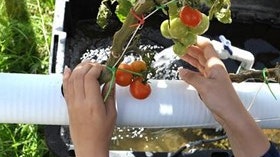Homepage
•
Learning Library
•
Blog
•
Kailee Mitsuyasu: Growing her STEM knowledge
Expand breadcrumbs
Expand breadcrumbs
- Learning Library
- Blog
- Kailee Mitsuyasu: Growing her STEM knowledge
- Homepage
- •
- Learning Library
- •
- Blog
- •
- Kailee Mitsuyasu: Growing her STEM knowledge
Kailee Mitsuyasu: Growing her STEM knowledge
By Tim Christie
October 21, 2014








